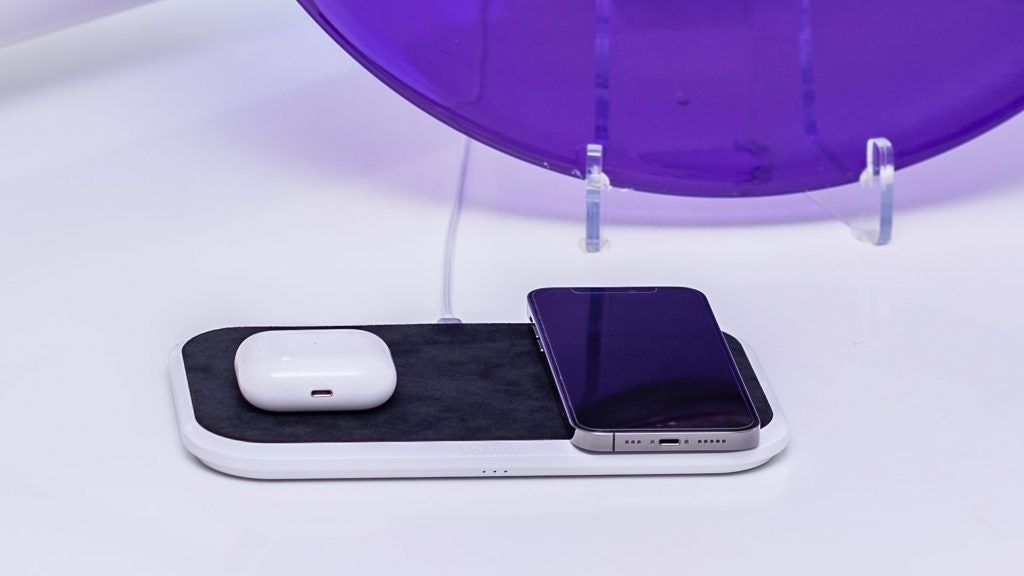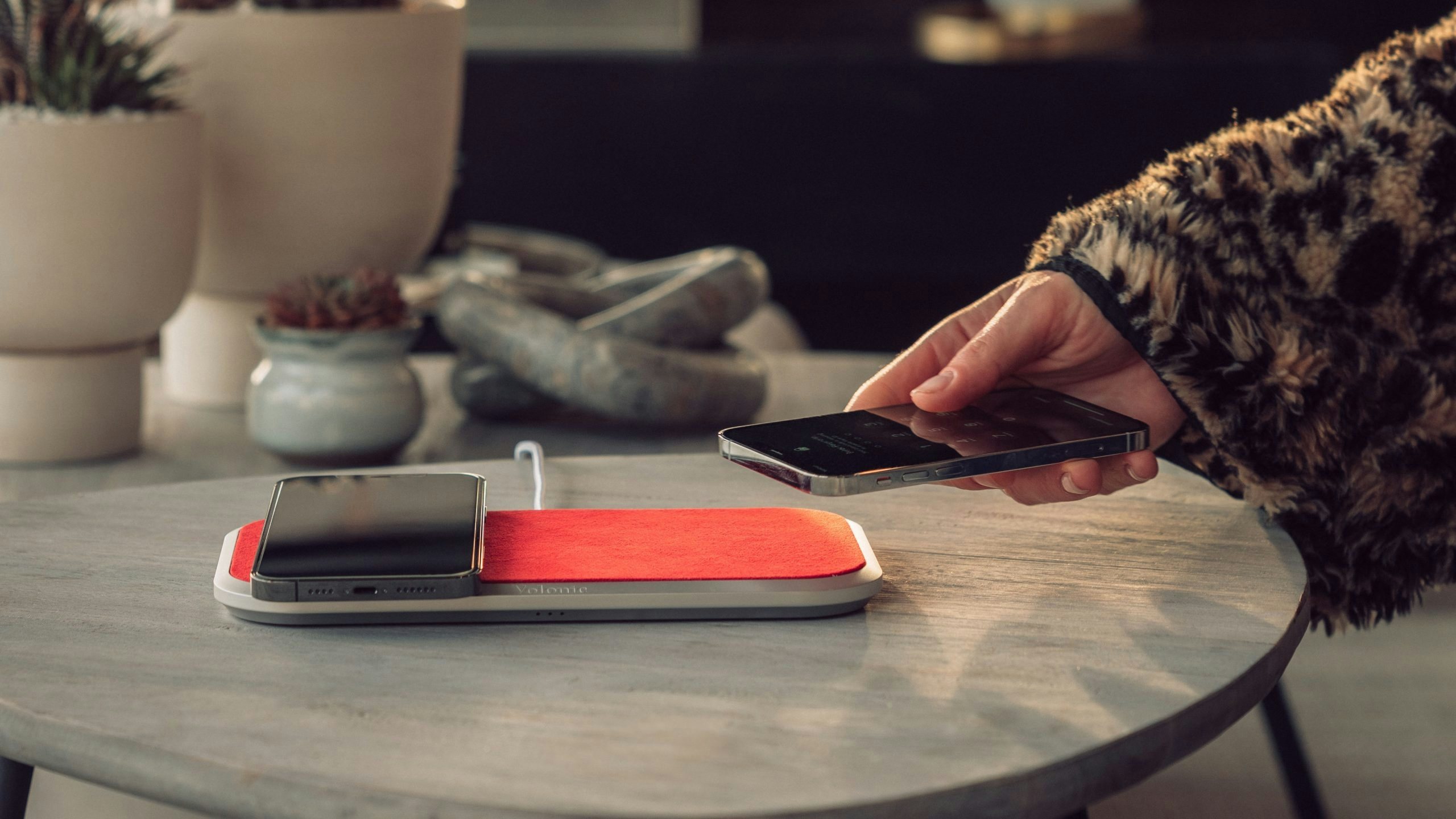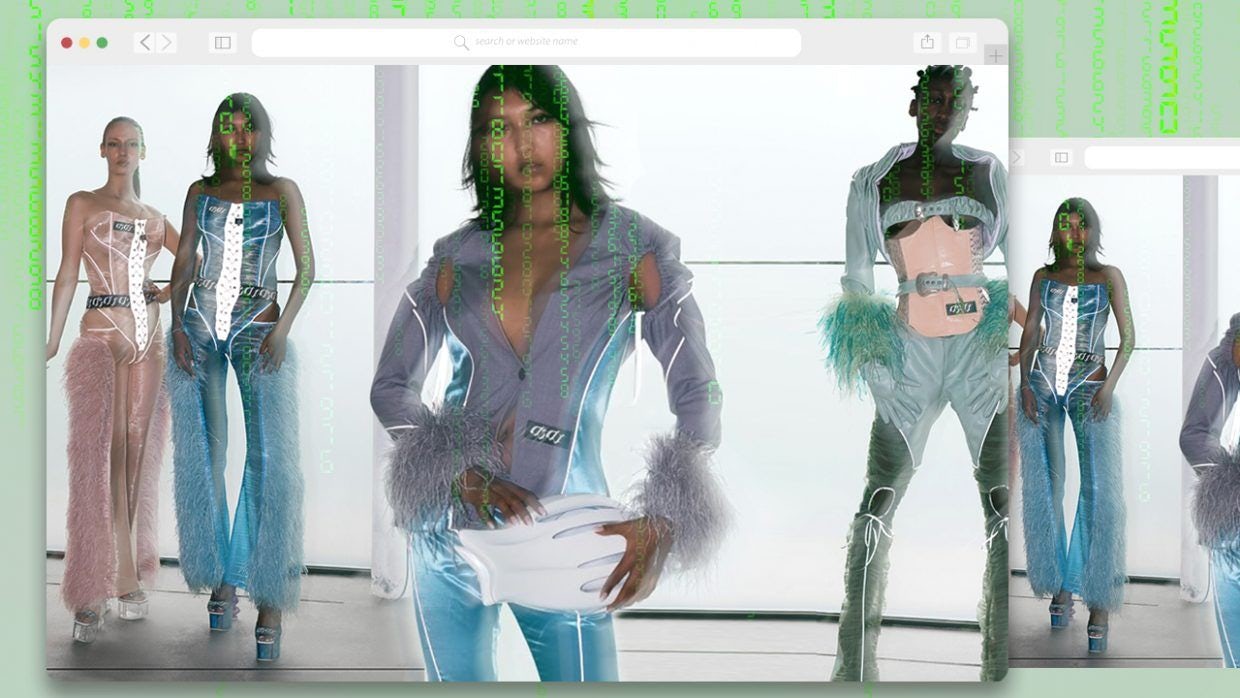Key Takeaways:#
How are young consumers different from the generation before? For them, sustainability matters, and even young investors prefer backing brands with clear sustainability agendas.
After early criticism over the waste their devices are producing, Apple has become the leader in sustainability, offering buy-back and recycling solutions for all Apple devices, effectively reinventing the entire customer lifecycle model.
Now, even devices like Louis Vuitton's 1,200 earphones offer the ability to charge them without a cable, so it has become crucial for all luxury brands to address sustainability challenges.
In a recent luxury panel discussion, a common theme among the panelists was the three major forces shaping the future of luxury: digital, new young consumer groups (Gen Z and Gen Alpha), and sustainability.
As I have stated in several of my columns and interviews, Gen Zers are already the most influential generation for luxury brands. The challenge for many established players is twofold: Provide those young customers with relevant brand messaging, product categories, digital brand storytelling, content, but you must also give them truly sustainable solutions.
But how are these consumers different from the generation before? For them, sustainability matters, as their expectations have shifted significantly from the millennial generation. One panelist even said that young investors also follow this trend and prefer brands with clear sustainability agendas.
In my view, solutions must be developed that combine digital practices with sustainability. And digital has two components that influence sustainability: the software side and the technology and hardware aspect.
When we think of digital, sustainability may not be the first aspect that comes to mind. However, the energy consumption put toward digital solutions via server farms, tech accessories, and mobile devices will be a consumer priority moving forward. Like the increasing demand on traceability of materials, I expect consumers to demand full transparency on energy consumption and energy sources for the digital services they receive.
A prominent example was Tesla’s recent drop of Bitcoin to purchase cars. The reason Elon Musk gave for first promoting and then rapidly abandoning Bitcoin as a payment method was the enormous amount of energy used to build and maintain the blockchains that are central to cryptocurrencies. As entire new luxury segments like NFT-based digital art emerges, I expect sustainability to become the success differentiator for these providers. Platforms like Ethereum or Bitcoin will need to offer much more transparency and innovation around sustainability than today, as the interest in crypto-based digital assets will increase dramatically over this decade.
The same principle applies to technology and hardware. We are immersed in technology, and the speed of change has never been higher. Practically all categories have recently been disrupted by digital and tech innovations.
After early criticism over the waste their devices are producing, Apple has become the leader in sustainability, offering buy-back and recycling solutions for all Apple devices, effectively reinventing the entire customer lifecycle model.
Think about the business model for watches. Over decades, traditional watchmakers sold a customer sometimes one watch during their lifespan. But the Apple model is built on constantly re-engaging the customer. Buying back obsolete items and recycling them allows customers to buy new products with more peace of mind. And, importantly, it offers Apple the opportunity to keep in touch with their customers — not just via emails but in a circular way that involves hardware. That is a game-changing business opportunity for luxury brands across all industries.
Apple shows that tech can drive sustainability and that sustainability business solutions are just beginning to emerge. In fact, a segment that may be surprisingly open to sustainability is the charging of mobile phones and other devices. Traditional charging devices are one of the dirtiest and most germ-laden objects we use, and the short life spans of ever-changing cables combined with their easily breaking connections have caused an unprecedented level of waste that floods landfills and oceans.
While the transition to wireless charging is underway, the traditional technology still has major sustainability shortcomings. When a phone is not placed perfectly on the sweet spot, the charging rate gets dramatically reduced, causing energy waste and endless charging times. Plus, most chargers emit electricity all the time, causing permanent radiation exposure when they are on the desk or in cars.
Now, even devices like Louis Vuitton's 1,200 earphones offer the ability to charge them without a cable, so it has become crucial for all luxury brands to address sustainability challenges.
Shawn Dougherty, CEO of Volonic, said she launched the first wireless luxury charger with her startup “because I wanted to charge to be a luxury experience that makes people take flight while they have peace of mind on sustainability.” The technology intelligently finds the charging sweet spot and only sends energy where it is needed and when it is needed.

Luxury hotels are now installing the brand's devices in their suites to solve the demand for touchless yet sustainable high-end charging solutions. According to Dougherty, “a lot of luxury brands already showed interest to partner.” And with rumors emerging that Apple is also working on wireless charging for its iPad and potentially its MacBook, I expect this to be a significant growth segment.
Luxury is entering into one of its most fascinating eras. New customer groups, digital mastery, and an extended focus on sustainability will offer tremendous opportunities for innovation, extreme value creation, and growth. The future is just beginning.
Daniel Langer is CEO of the luxury, lifestyle and consumer brand strategy firm Équité, and the professor of luxury strategy and extreme value creation at Pepperdine University in Malibu, California. He consults some of the leading luxury brands in the world, is the author of several luxury management books, a global keynote speaker, and holds luxury masterclasses in Europe, the USA, and Asia. Follow @drlanger


